How to process, spray cabbage to get rid of midges with folk remedies
What can be used to process cabbage from midges with folk remedies, every gardener needs to know. This crop is loved by many pests. The biggest threat comes from midges, which bother young plants throughout the growing season. If midges are found on the plant, it is necessary to resort to the use of funds that get rid of this problem.
In most cases, small black bugs cause damage to cabbage in early spring. Whole plantations can be affected by midges. Bushes of seedlings at the stage of emergence are also attacked. The scientific name of such a pest is cruciferous black midge on cabbage.
Insect description
Black fly affects many plant species, not just cabbage heads. All cruciferous plants are at risk: radish, radish, daikon, horseradish. The midge eats them all.
The eggs of midges survive the winter in the soil, and with the appearance of the first spring sun they come to the surface. After a period of hibernation, they are hungry, the food they receive is soil organic matter. When the larva becomes an adult insect, it begins to gnaw on seedlings of cucumbers and cabbage, while the latter type of plant is more attractive for cruciferous midges.
First, the midge eats the first layer of the leaf, so it is more pleasant for young plants, the leaves of which are softer. The affected head of cabbage begins to grow more slowly, as a result of which it becomes more vulnerable to diseases and other pests.
How to deal with midges
What can you do to overcome the cruciferous midge that eats the cabbage leaf and does so much harm to several types of plants in the garden?
You can get rid of the pest using different methods:
- using chemical insecticidal preparations;
- using folk remedies.
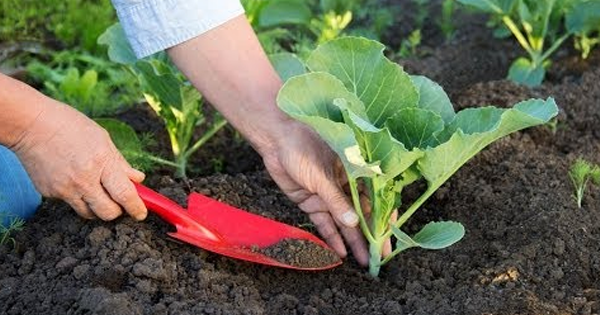
The gardener decides which method to choose, but when choosing, it is worth considering both the total area of the lesion and the nature of the damage to the plants. If a large number of insects are found on the plant - more than 15 pieces, it is worth thinking about treating the cabbage with a chemical preparation.
It is important that insecticide treatments should be carried out no later than three weeks before the expected harvest date. This is due to the fact that the effect of the insecticide can be quite long, and their use in food is contraindicated.
When examining a plant, you need to pay attention to whether flea larvae are present on the root system, on the soil surface. This will determine the choice of the drug and will allow you to understand how to treat cabbage from midges.
Chemicals
If the lesion has reached a critical stage and the midge is very actively eating cabbage, during processing it is impossible to do without chemicals that are watered on the plants.
They fight the flea with the help of such drugs:
- Actellik;
- Engio;
- Spark;
- Decis Profi.
All of these funds are intended to destroy garden pests. Available in various forms, however, they have a long duration of action (up to 14 days) and can have an immediate effect. After processing, insects do not eat cabbage.
Folk remedies
There are many ways to deal with a cruciferous flea. All gardeners need to know about how cabbage is processed from midges with folk remedies. A special place is occupied by those that include in their composition drugs available in every home or every garden plot. These methods are called folk.
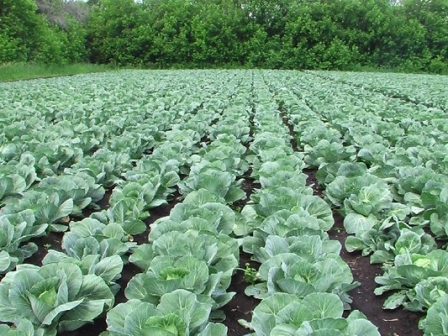
The most common folk remedies are as follows:
- Tobacco ash combined with tobacco dust. At the first stage of processing, sprinkle with cold water, and then sprinkle with a mixture of ash and tobacco dust in a 2: 1 ratio.
- Celandine. For effective use, it is necessary to dry the plant, grind it, and then sprinkle the cabbage with the resulting powder.
- Vinegar. From 70% acid, you need to make a weak solution of gnat. With this tool, you can create an acidic solution on the surface of the earth, which the cruciferous flea does not tolerate well. Every summer resident can resort to rescue by this method.
- Red hot pepper. An infusion should be prepared from it: 1 liter of water is taken at a temperature of 20-22 ABOUTC, a hot pepper pod is added, previously chopped with a coffee grinder or blender. It is necessary to insist the composition for five to six hours, after which processing can be performed. A plant affected by a cruciferous flea must be sprayed and the insect will no longer eat the cabbage leaves.
- Fir oil. It can be added to the water used to water the garden. Dissolve 12 to 15 drops of oil in a bucket, after which you can water the cabbage.
- Chicken droppings. This tool is not very pleasant to use, but it is quite effective. Before you get rid of black insects, you need to prepare the composition. Diluted in a ratio of 1:50 or even 1: 100, droppings are quite effective in destroying flea beetles on plants. As a result, the probability of getting an excellent harvest increases several times.
- Naphthalene. For 10 square meters of land, you need to use 50 grams of funds. The sprinkling treatment must be applied to the entire crop, and after several days the procedure must be repeated. So the destruction of all insects will be more likely.
- Garlic. One of the main enemies of midges on cabbage. You can just plant it near cabbage beds, you can prepare an infusion using a crushed head of a fragrant plant and a couple of liters of water. After insisting for two hours with a solution, you need to spray the entire garden.
- Dandelion leaf. To save a plant, you can use both the leaf and the stem of the plant. To destroy the pest, the material is thoroughly crushed, and then filled with water and left for two hours. Pour the prepared mixture over the affected heads of cabbage several times at intervals of once every three days.
- Glue traps. You can make them yourself. As a basis, you need to take white plywood leaves, which are lubricated with any adhesive. The cruciferous flea will stick to the surface, and its time of sabotage will stop. The best option is to use a trap together with other drugs.
In order for the fight to be successful, and the soil and heads of cabbage were cultivated for a reason, and the chances of the spread of midges were minimal, special attention should be paid to weeds, since they are one of the vectors of insects.
Deep digging of the soil in late autumn is recommended. This is explained by the fact that the eggs of the cruciferous flea beetle that hit the surface will immediately freeze at low temperatures.
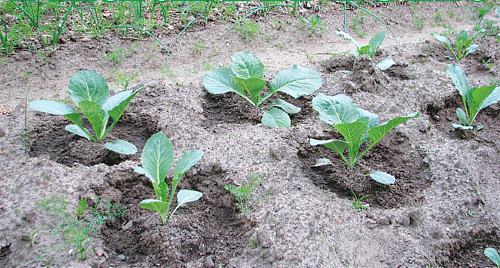
It is recommended to plant cabbage near crops such as dill, garlic, marigolds, nasturtium and calendula - their smell repels pests.
Prevention
To avoid the appearance of midges in the garden area and not subsequently resort to methods for destroying the pest, the following rules should be observed:
- Planting cabbage seedlings should be done earlier.
- The soil can be covered with agrofibre, then the pest will not be able to reach future heads of cabbage.
- Spray the cabbage with a mild vinegar solution.
- Weed grasses must be removed.
- After harvesting, the soil must be dug up.
To increase the resistance of seedlings to diseases and the influence of pests, it is necessary to regularly feed the plants and plant repellent cultures next to cabbage beds.
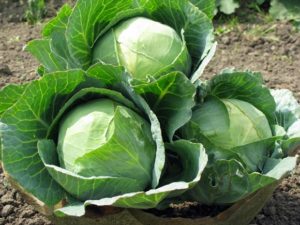
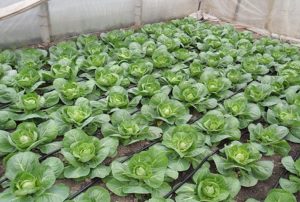

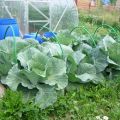
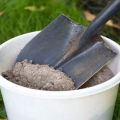

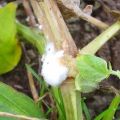

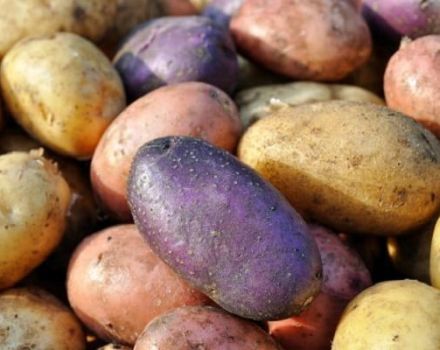

All these agents strongly disinfect the soil, therefore, after such procedures, it must be enriched with minerals. To do this, it is enough to use the tool "BioGrow».